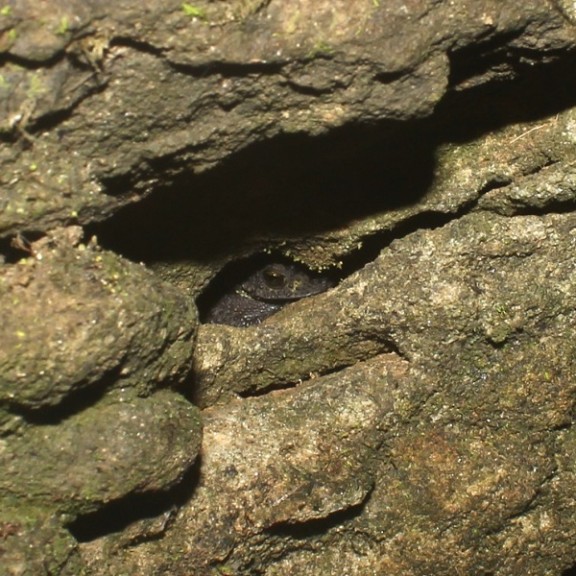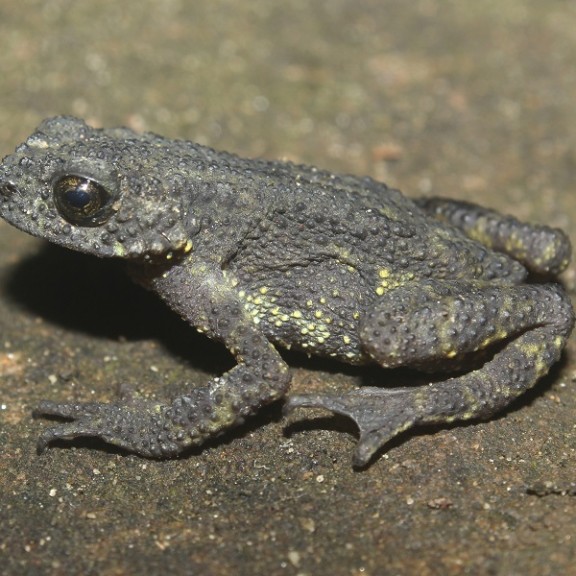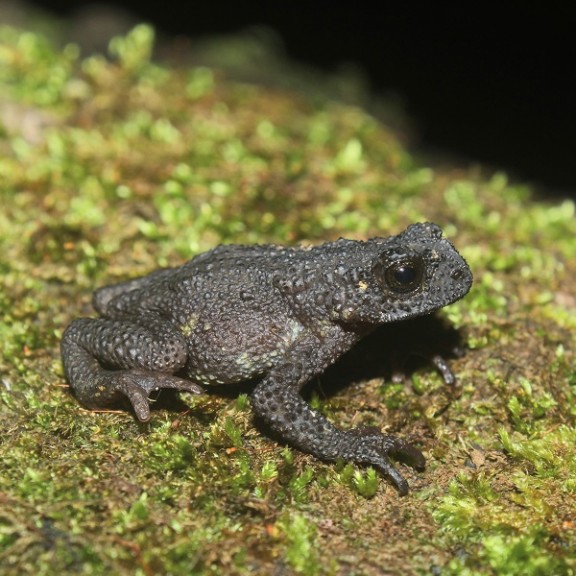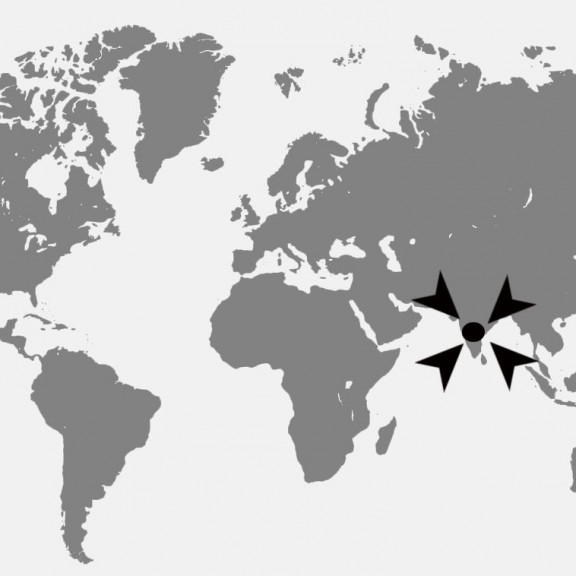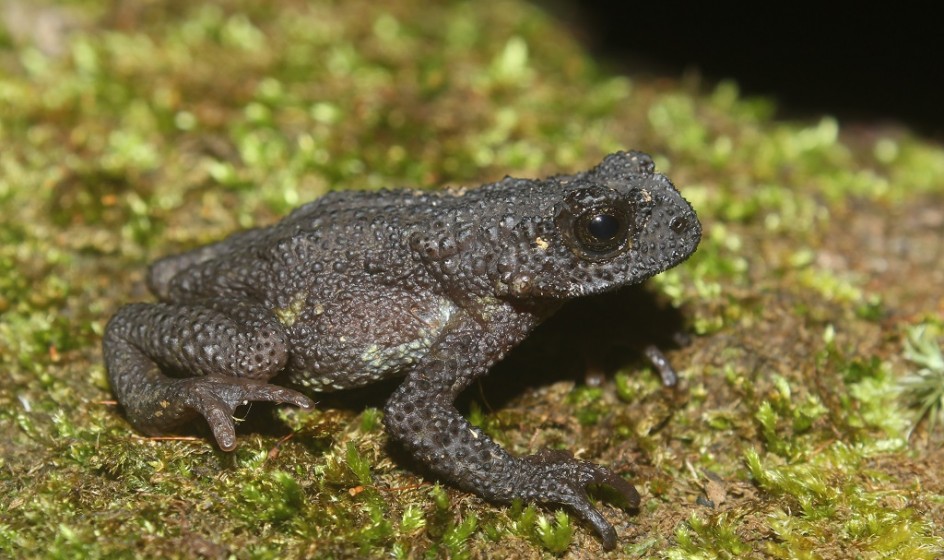

Khasi Hills Rock Toad
Project Fact Sheet
|
Species |
Khasi hills rock toad (Bufoides meghalayanus)
|
|
Threats |
Anthropogenic habitat destruction
|
|
Project aim |
Evaluatuion of the population range and size, which will contribute to a conservation plan and ex-situ breeding programmes. |
Recovery and conservation of the last known population of the Khasi hills rock toad
The Khasi Hills form the highest elevation of a plateau that rises up like an island in the north-eastern Indian state of Meghalaya. As on many islands, a unique ecosystem has developed here with the Meghalaya monsoon forest, which is one of the most species-rich areas in India. The Khasi Hills Rock Toad (Bufoides meghalayanus) also lives here on rocky mountain streams whose banks are overgrown with pandanus bushes. While the toad mainly lives in rock crevices, the Pandanus bushes standing in the water are sought out for reproduction and are presumably of great importance as egg-laying sites. However, rock quarrying and the clearing of Pandanus bushes (e.g. for firewood) are destroying the elements of the Khasi Hills toad's habitat that are so important to it. The remaining small distribution area of this species is now highly fragmented and the population size is estimated at less than 50 individuals.
Stiftung Artenschutz is supporting Naveen Ravi (Salim Ali center for Ornithology and Natural history) in mapping the exact distribution area of the species and determining the population size. Suitable resettlement locations should also be found in order to create a conservation plan based on this data. The previously little-known information about the reproductive ecology of the species is to be expanded for an ex situ conservation breeding program. The exchange and involvement of local stakeholders from the forestry and tourism sectors is particularly important in order to sustainably eliminate the threats to the Khasi Hills toad and protect the species from extinction in the long term.

